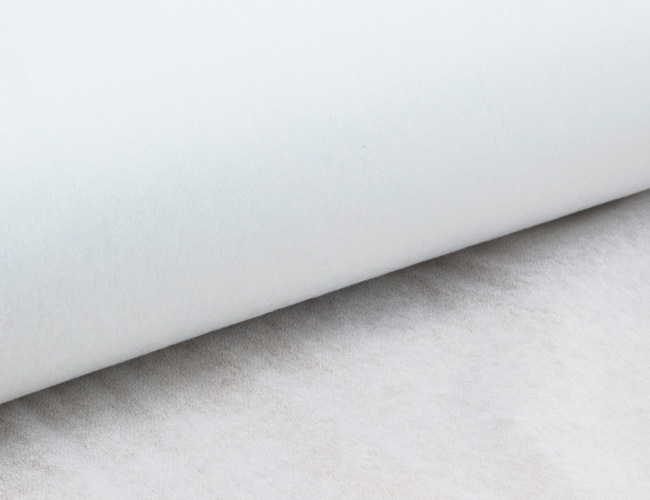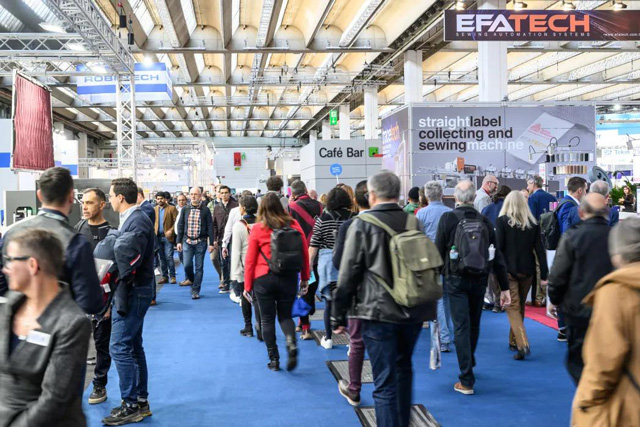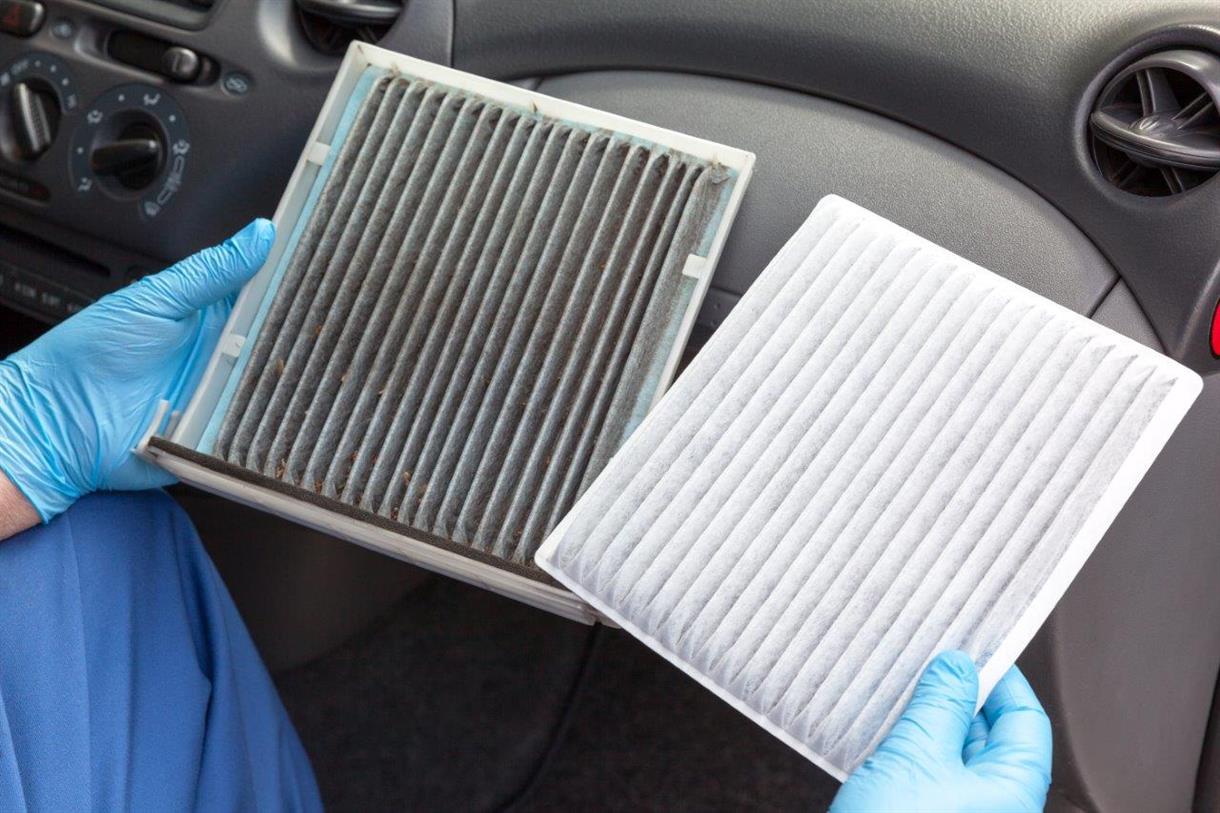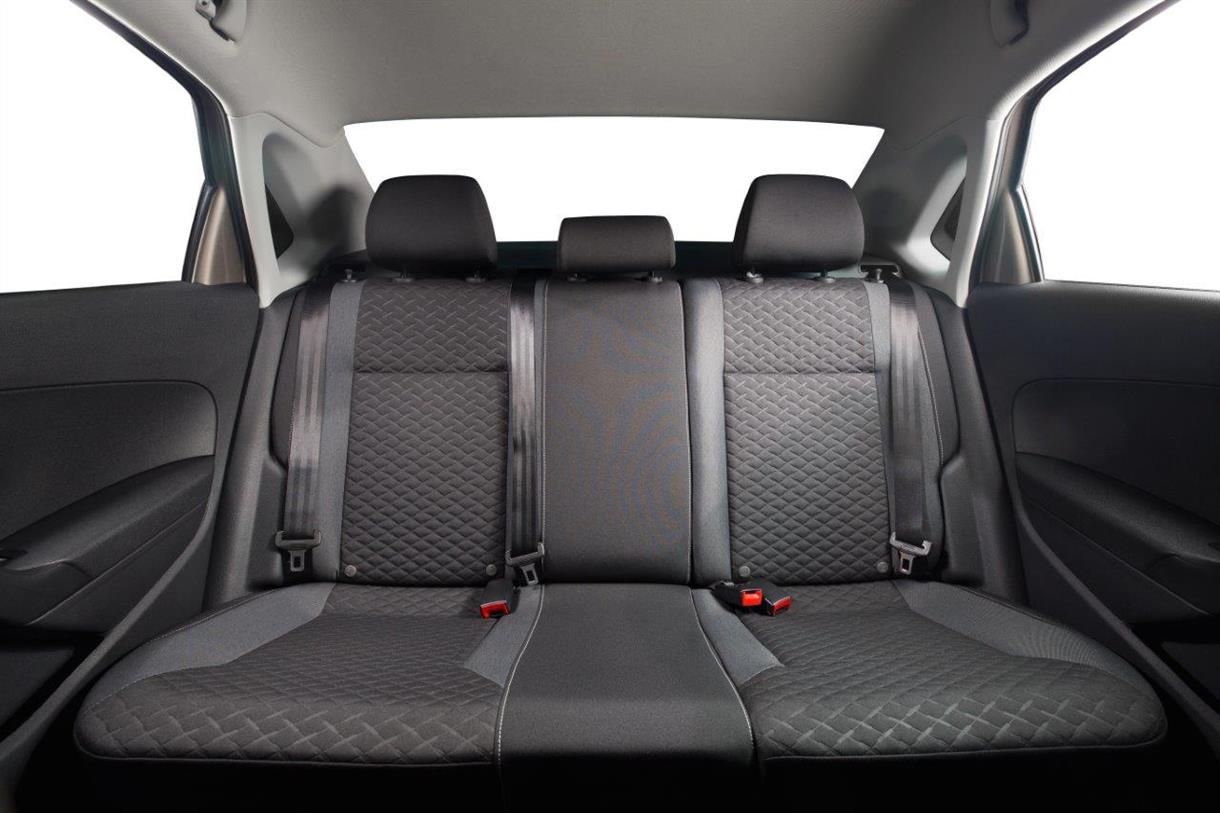
The so-called curtain interlining generally has two kinds, one is the use of blackout cloth made of fabric curtain type, relatively light, thin, and easy to fold, and another is the treatment of blackout cloth, made of rolled curtain type, flat and rich drape.
Interlining is a woven fabric, knitted fabric, and non-woven fabric as the base fabric, using (or not using) thermoplastic polymer compounds, through special machinery for a special finishing process, used for the inner layer of clothing to play the role of reinforcement, bracing, etc., and fabric bonding (or non-bonding) of special clothing accessories.
In simple terms is actually a garment outside the fabric, inside the lining, and the middle is the lining, so in general the lining can not be seen directly, but where the need to form a stiff, full feel, smooth transition, the location of the reinforcement, is covered with lining.

1. It can block strong light and ultraviolet rays.
2. It can reduce indoor temperature to a great extent.
3. It can truly achieve silence, heat insulation, and physical blackout.
4. It can also improve the phenomenon of redness of curtains.
Now many customers have high requirements for blackout, especially for bedrooms or study rooms, and with the addition of lining curtains, the blackout performance can almost reach full blackout.
Adding lining can also reduce the oxidation of curtains, especially light-colored curtains after a long period of exposure to the sun, there will be discoloration, and adding the lining can physically improve this kind of situation.
The front side of the curtain after splicing is very nice, but the back side will have obvious splicing and processing traces, after adding the lining fabric can cover the processing traces, and from the outdoor view is also more beautiful and gorgeous.
In short, it is to increase the shading, increase the drape, protect the curtain to slow down the aging, increase the secrecy, increase the beauty of the outdoor view of the curtain, and increase the curtain grade and gorgeous feeling.
1. It will add weight.
2. Makes cleaning more difficult.
3. It is easy to clash with the different curtain colors in the room, making it lose its beauty.
What is the difference between lining and interlining curtains?
Lined curtains have three layers of fabric.
The outer layer, or patterned fabric, that you see as the inner layer of fabric is called the lining fabric. The back fabric is the lining.
1. Polyester: the most land in the market, but also more popular, because it anti-wrinkle, not sticky hair, heat resistance, and stability are good, the color is also firm and not easy to fade, the price can also be, the disadvantage is that the breathability is relatively poor, but the overall cost performance is very high. Mainly recommend this fabric.
2. Linen: this fabric is more rustic heat dissipation, fabric drape, good breathability, and natural material stability is also good, but it is coarse fabric, easy to shrink after washing life is relatively short.
3. Cotton and linen: natural materials, soft to the touch, breathability is the best, cotton fiber can keep warm, warm in winter and cool in summer. But it lacks elasticity and is easy to crease, deformation, shrinkage, and fade, shading is also not very good, want to improve the shading rate need to add a lining behind the cloth. More suitable for Japanese style, log wind, amazed silent wind, and other decorations, and more suitable for cloth furniture.
4. velvet: feel very good, the drape is also good, colorful, and not easy to fade, shading sound insulation effect is very good. The disadvantage is that it is easy to attract ash, and the fabric is heavy and not easy to wash. It is more suitable for American, light luxury, and vintage-style homes.
5. Chenille: the material is thick, so the drape is good, and the surface pattern is bumpy and three-dimensional. But it lacks elasticity, is easy to wrinkle after cleaning, easy to fade, it is more suitable for minimalist and modern styles.
6. High precision: this cloth is high density, smooth surface glossy obvious, and is very textured, wear resistance is also high, it is used with light silk, the fabric has black shading silk, and the shading rate can reach 60%-95%, and washing is not easy to deformation, but easy to hook silk, the price is also slightly expensive. Basically suitable for a variety of popular styles, minimalist, light luxury, new Chinese, etc... Can be matched with leather furniture.
7. Silk: delicate, good gloss, soft, and environmentally friendly, the fabric is also very beautiful, and very high-end. However it is relatively delicate, the fabric itself does not shade, with the need to match the lining, after cleaning need to iron, but also easy to shrink and wrinkle, the main point is "expensive".
Finally, to sum up, all kinds of fabrics have their own advantages and disadvantages, it is their existence that is reasonable. Do not want to bother with the choice of polyester. Can also be divided into materials for each space, such as living room polyester, bedroom cotton linen. Need and home style with the need to consider the price and other factors, then according to the point I said to choose the right one for yourself.
First of all, the overall effect of the living room should be considered. In general, thin fabrics such as thin cotton, nylon silk, thin gauze, mesh fabric and other curtains, not only through a certain degree of natural light, but also can make people in the daytime indoor a sense of seclusion and a sense of security.
Secondly, the pattern of the curtains should be considered. The color of the fabric should be coordinated with the room, according to the environment of the region and the season and weigh to determine. In summer, it is appropriate to use cool-toned fabrics, in winter, it is appropriate to use warm-toned fabrics, and in spring and autumn, it should choose neutral-toned fabrics.
From the perspective of the overall coordination of the room, should be considered with the walls, furniture, flooring and other color coordination. Living room to choose warm patterned curtains, can give a sense of hospitality, if embellished with mesh curtains, warm curtains can give a sense of quiet, and warm aesthetic art charm.
The above is the end of the introduction of curtain interlining fabric here. If you want to know the specifications, peel strength, color, gram weight, and other needs of interlining products, welcome to send a message.
All Rights Reserved: https://www.groupgf.com/info-detail/curtain-interlining
Copyright Notice: This is an original (translated) article from G&F Group Inc., please indicate the source from G&F GROUP INC... If there is any infringement, please contact us first.
 Techtextil & Texprocess Rounded Off
Techtextil & Texprocess Rounded Off
 Nonwovens in daily life ----- filtration
Nonwovens in daily life ----- filtration
 Nonwovens in daily life ----- automotive
Nonwovens in daily life ----- automotive
 What is SAP – superabsorbent polymers
What is SAP – superabsorbent polymers